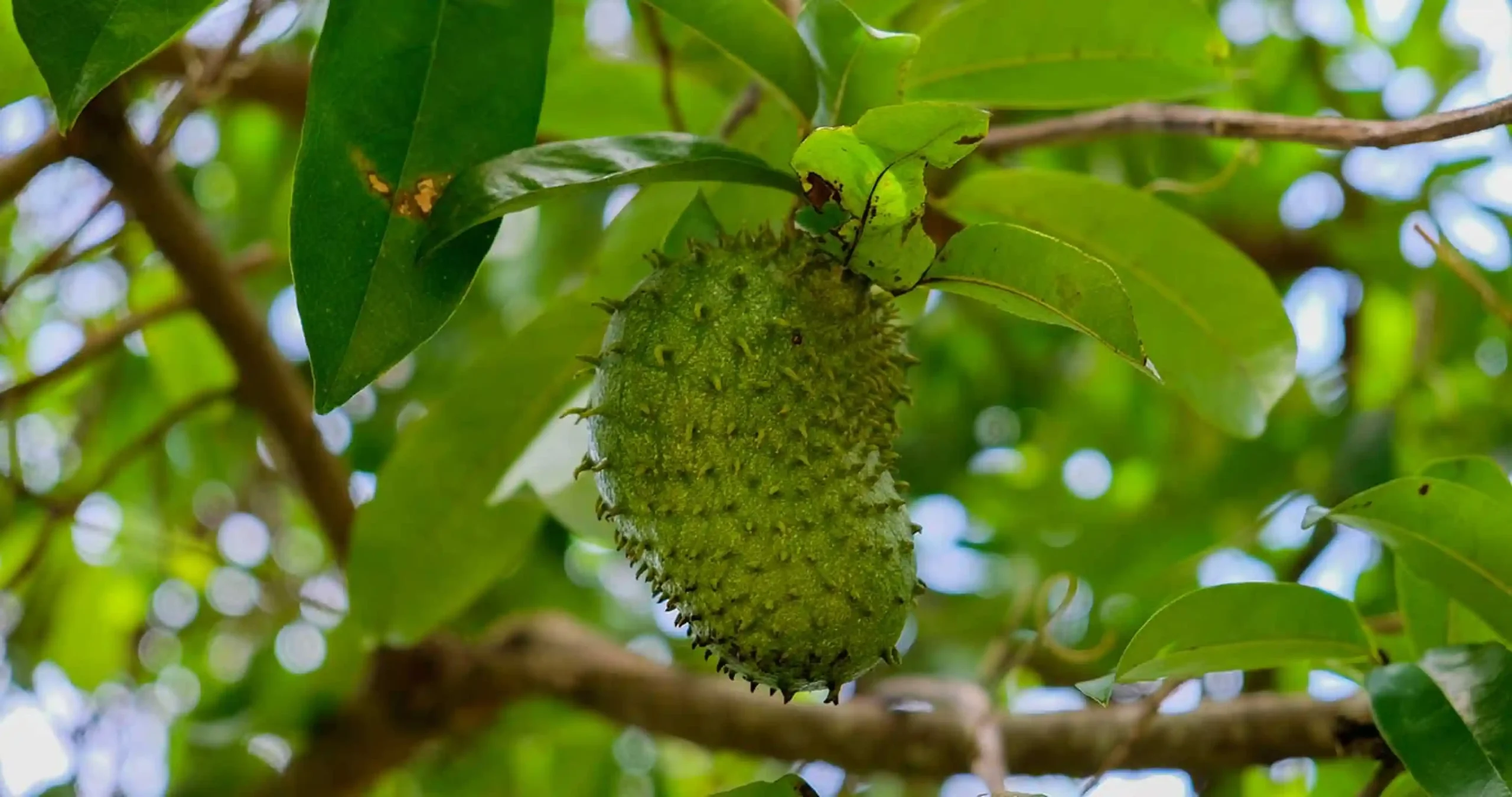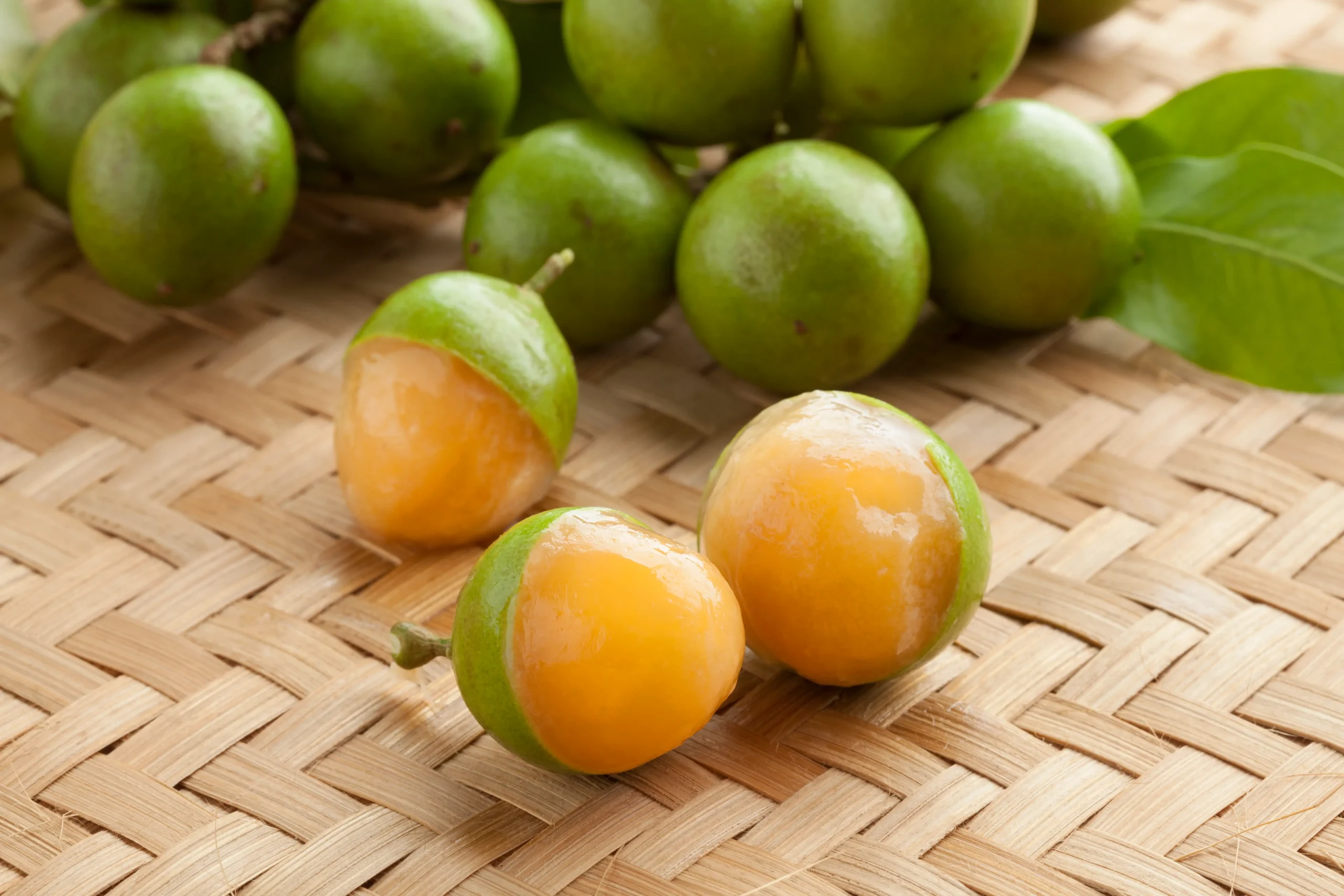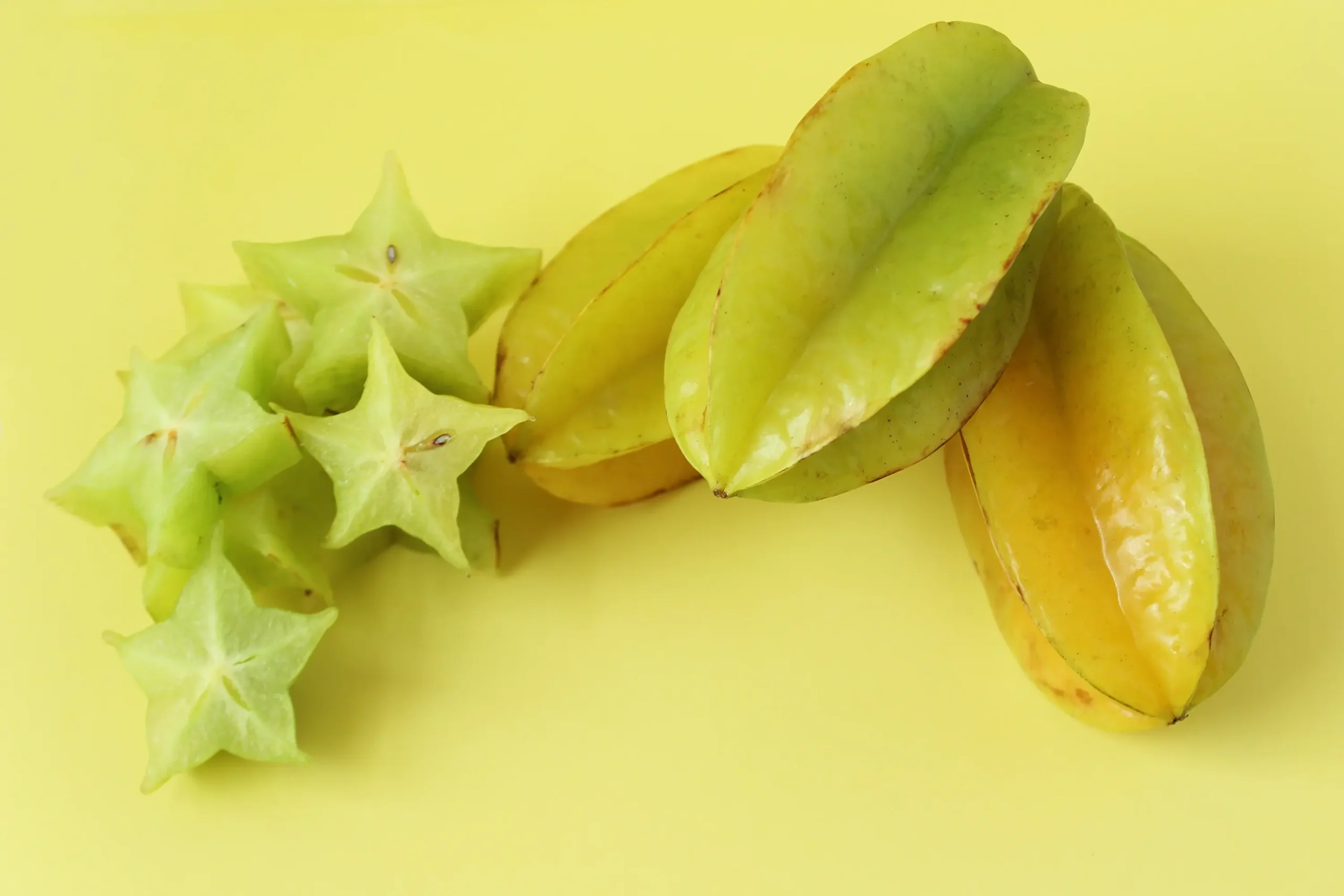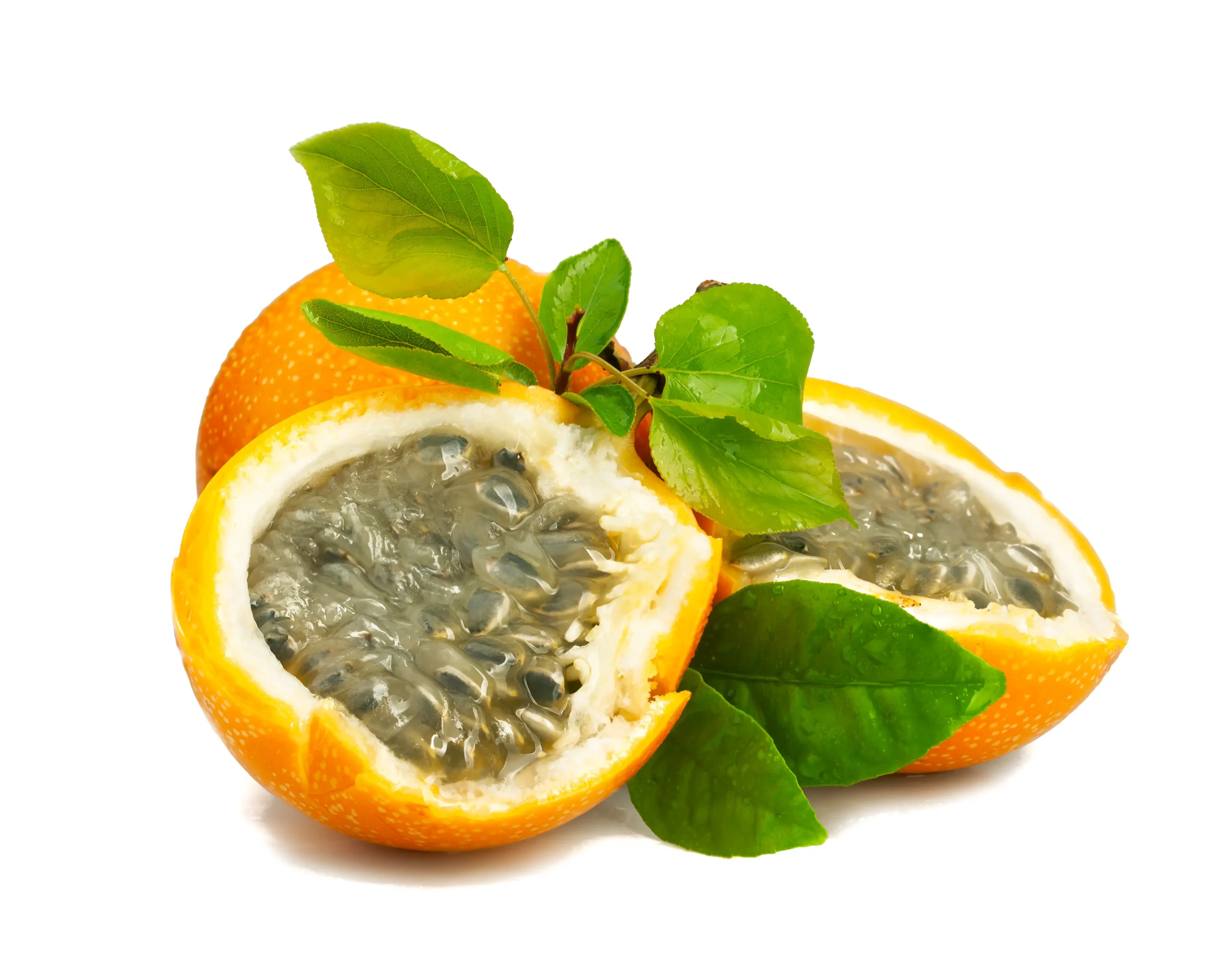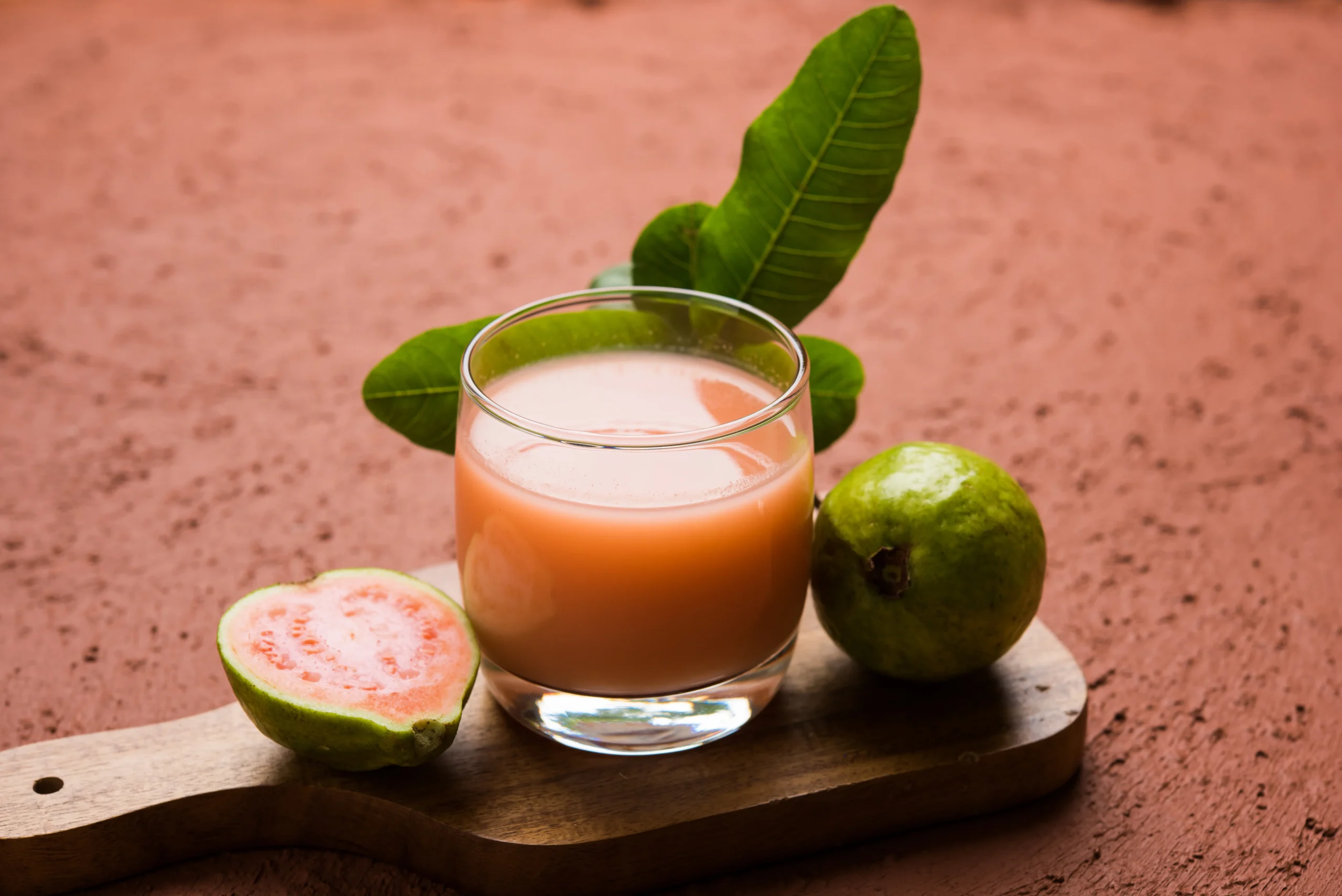Colombia, besides being known for its coffee, its flowers, and its incredible landscapes, is also famous for having delicious and exotic fruits. Colombia’s impressive variety of fruits is due to its privileged geographical position.
This beautiful country is located between the Pacific and the Caribbean, has tropical rainforests, moorlands, and imposing rivers such as the Amazon and Magdalena, and has a variety of climates ranging from villages that reach over 104º F (40º C) to snowy peaks below 32º F (0º C). This makes it the perfect place to find the strangest and tastiest fruits you’ll ever taste.
Guanabana
Guanabana, also called soursop, is a fruit native to South America and grows in tropical climates. It belongs to the Annonaceae family. It’s one of the largest fruits you’ll find, measuring 8 to 16 in (20 to 40 cm) long and 4 to 5,5 in (10 to 14 cm) in diameter, and weighs between 4 lbs to 15 lbs (2 to 7 kg), with an average weight of 9 lbs (4 kg). It has dark green skin and white, soft, sweet, and juicy pulp. It can be eaten directly from the fruit, although in Colombia it’s very common to use it in juices and desserts.
There are two other fruits of the same family: the cherimoya and the anon. Both are smaller than the guanabana, measuring 1 to 1,5 in (2.5 to 4 cm) and 2 to 4 in (6 to 10 cm) respectively. They also have dark green skin and white, delicious flesh. In fact, they look like small versions of a guanabana.
Mamoncillo
Mamoncillo is a fruit native to the intertropical zone of the Americas. It grows in a wide variety of soils and withstands drought and frost without damage. The fruits measure between 1 to 1,5 in (2 and 4 cm) and come in clusters. The peel is green and brittle, and inside is a seed covered with a salmon-colored, slimy, sweet, and sour pulp.
Carambolo
Carambolo is one of the most beautiful and exquisite fruits you will ever see. Although it is native to Southeast Asia, today it is found throughout Colombia. It can be yellow to orange and its most notorious characteristic is that it is star-shaped. The whole fruit can be eaten, including the peel and seeds. It is sweet, sour, crunchy, and very juicy. It’s also a great addition to salads.
Gulupa
Have you ever heard of passion fruit? That acidic and refreshing fruit, yellow on the outside and orange on the inside? Introducing the gulupa, a fruit of the Passifloraceae family, the same as the passion fruit, but smaller and sweeter.
This is an exotic fruit from the Amazon that is grown in tropical and temperate regions. It is round, has purple skin and the pulp is deep orange. The pulp is eaten with the seeds and can be eaten fresh or added to salads or sorbets.
Curuba
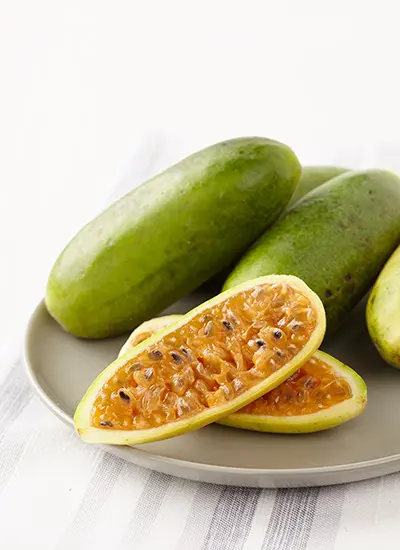
Curuba, also known as banana passionfruit, is another fruit of the Passifloraceae family. Unlike the other fruits, this one is grown in lower temperatures, at altitudes between 2000 and 3500 meters in the Andes. It is elongated and its skin is soft, green at the beginning, and yellow when ripe. Inside, it has seeds covered with an orange, acid, and tasty pulp. It can be eaten directly, but you’ll usually find it in juices with milk.
Granadilla
Granadilla is a fruit native to Central and South America and also belongs to the Passifloraceae family. It grows in mountainous areas and does not tolerate heat. Colombia is the main producer of this fruit, and besides being a favorite of Colombian families, it is also highly appreciated in Europe. It has an orange peel with white dots and is hard and brittle. Inside are seeds covered with an aromatic, sweet, and slimy pulp. This is probably the sweetest fruit of the entire Passifloraceae family.
Mangosteen
The mangosteen is another fruit native to Southeast Asia but is found abundantly in Colombia thanks to its tropical climate. It is a very beautiful fruit, with hard purple skin and a soft white interior. Its pulp is sweet and aromatic, divided into juicy shells, and has a flavor that will remind you of the finest perfumes.
Lulo
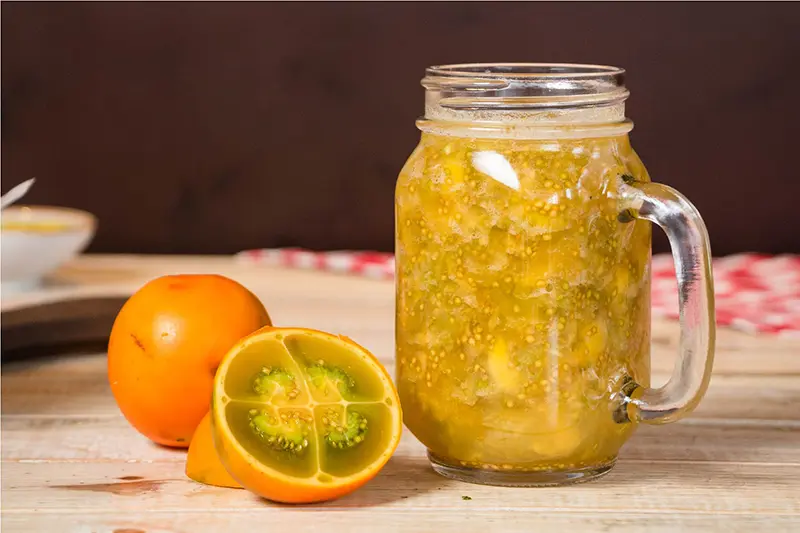
Lulo is a fruit native to the Andes Mountains and grows in cold temperatures. You will find it even in urban gardens as it is an easy plant to grow. It is green at first and turns orange when ripe, and although you can eat it fresh, it is most commonly used in juice. A very famous drink is the lulada, which is a lulo juice with ice and condensed milk.
Sapote
The sapote, also known as chupa-chupa, is a fruit native to South America and grows in tropical rainforests. It is relatively large, reaching up to 4 in (10 cm). It has rough brown skin and a fleshy, sweet, and fibrous orange pulp. The pulp is eaten directly and is separated by the seeds. Generally, this plant is grown next to the avocado, as it provides the shade that the avocado needs.
Guayaba
Guayaba, also called guava, is one of the most loved fruits in Colombian homes. It is native to South and Central America. Its skin has yellow and green tones, and the pulp is pink. It is a very sweet and aromatic fruit, so much so that one of the books by Gabriel García Márquez, Colombian Nobel Prize winner, is called “The Fragrance of Guava”. It can be eaten directly, but it is also widely used for desserts and juices. The famous Colombian snack “bocadillo” is made from guava.
Guama
Guama is one of the most exotic fruits in the region. It is believed to be native to the Amazon and is grown in tropical areas. The fruit is a long, hard, green pod, which reveals a soft, sweet, cotton-textured pulp when opened.
Feijoa
Finally, you can’t leave without hearing about feijoa. Today, Colombia is the number one producer of this sweet fruit, although it is native to Brazil. It has dark green skin, a cream-colored interior, and is incredibly aromatic. There is an entire town dedicated to its production called Tibasosa, where each year they hold The Feijoa Festival. Drinks and desserts made with feijoa are sold to celebrate this delicious fruit, which became the basis of Tibasosa’s economy. The most famous drink is called sabajón, a sweet and creamy liqueur similar to eggnog.
In Colombia, you’ll find the most unique and delicious fruits. If you come to Medellin, you’ll be able to enjoy the most exotic fruits of the continent thanks to trade from all corners of the region: the Amazon jungle, the Pacific, the Caribbean, and the Andes. We have the perfect tours for you if you want to learn more about the flavors and biodiversity of Colombia, such as visiting a coffee farm or enjoying the breathtaking nature of our country. Book your tour now and enjoy these amazing fruits for yourself.
